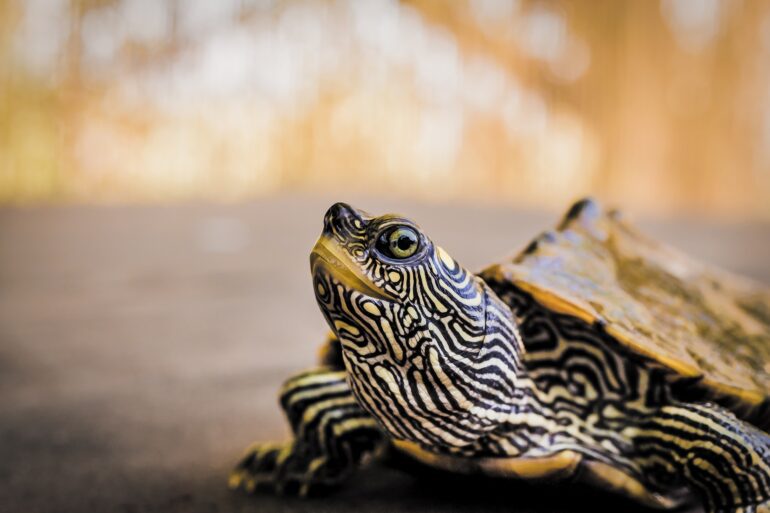TL;DR:
- AI is transforming amphibian and reptile conservation efforts.
- AI enables accurate species identification and population monitoring.
- Machine learning algorithms can recognize species with remarkable precision.
- AI-powered drones and bioacoustic monitoring enhance habitat assessment.
- AI helps raise public awareness and engagement in conservation.
- AI revolutionizes the conservation market, providing new tools for effective species protection.
Main AI News:
Artificial intelligence (AI) has become a game-changer across various industries, and its transformative power extends to conservation efforts as well. In recent years, AI has emerged as a formidable tool in the battle to safeguard endangered amphibians and reptiles. These remarkable creatures, collectively known as herpetofauna, are instrumental in preserving the delicate equilibrium of global ecosystems. Unfortunately, they face mounting threats such as habitat loss, climate change, and human activities. To combat these challenges, conservationists are turning to AI to revolutionize the monitoring, tracking, and protection of these vulnerable species.
A pivotal challenge in amphibian and reptile conservation lies in accurately identifying and monitoring population numbers. Traditional methods, involving visual surveys and manual data collection, are time-consuming, labor-intensive, and susceptible to human error. AI holds the potential to overcome these limitations by automating the identification process and swiftly and accurately analyzing extensive datasets, surpassing human capabilities.
Machine learning, a subset of AI, has proven exceptionally valuable in this realm. By training algorithms to discern patterns in images, researchers can teach these systems to identify various species of amphibians and reptiles with remarkable precision. Notably, a recent study featured in the journal Methods in Ecology and Evolution unveiled a machine learning algorithm capable of identifying individual frogs based on their unique markings with over 90% accuracy, rivaling, if not surpassing, human experts.
In addition to enhancing species identification, AI empowers conservationists to monitor population trends and detect environmental changes that impact amphibians and reptiles. AI-powered drones, for instance, capture high-resolution habitat images that machine learning algorithms can analyze to evaluate factors such as vegetation cover, water quality, and the presence of invasive species. This wealth of information allows researchers to gain a deeper understanding of the threats confronting herpetofauna and develop targeted conservation strategies.
Another promising application of AI in amphibian and reptile conservation is bioacoustic monitoring. Numerous amphibian and reptile species produce distinctive vocalizations, offering a non-invasive means to track their presence and abundance. By deploying AI-powered audio recorders in the field, researchers amass substantial data on these vocalizations, which can then be analyzed by machine learning algorithms to identify the species present and estimate population sizes.
This approach has already proven successful in monitoring endangered frogs in Puerto Rico and critically endangered Axolotl salamanders in Mexico. In both cases, AI-powered bioacoustic monitoring systems proved more efficient and accurate than traditional survey methods, highlighting the potential of this technology to revolutionize amphibian and reptile conservation efforts.
AI also holds the potential to raise public awareness about the plight of amphibians and reptiles. By leveraging the power of social media and other digital platforms, conservation organizations can employ AI to analyze trends and determine the most effective means of engaging the public and promoting conservation messages. For instance, AI analysis can assess the success of different campaigns and identify strategies that effectively raise awareness and generate support for conservation initiatives.
Conclusion:
The integration of artificial intelligence into amphibian and reptile conservation has far-reaching implications for the market. The adoption of AI technologies enables conservationists to streamline and enhance their efforts, leading to more effective species identification, population monitoring, and habitat assessment. This not only improves the success rate of conservation initiatives but also opens up new opportunities for businesses and organizations operating in the conservation market. By embracing AI, stakeholders can leverage its capabilities to deliver more efficient and impactful solutions, ensuring the long-term survival of amphibians and reptiles while contributing to the sustainable growth of the market.

